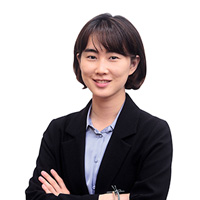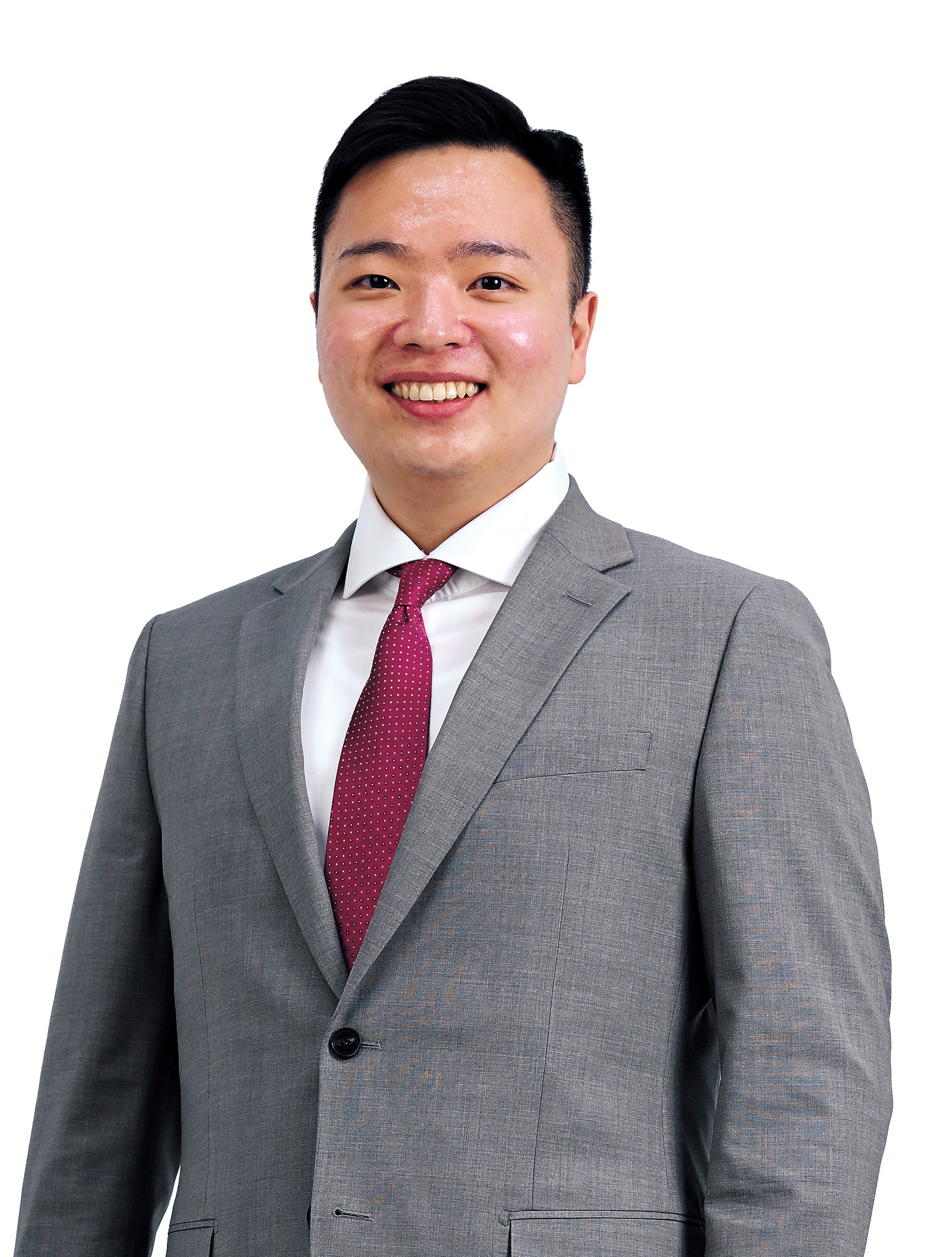Most Popular
Well-curated
-
1
Cimer down, design at Wappen, familiar space

-
2
Jazz with a view, fusion burgers and riot of colors at flower fest

-
3
Treats for esports fans, galleries and gingko trees at Samcheong-dong

-
4
Explore history of coffee in Korea, grab a book and savor Disney magic

-
5
Peaceful autumn with dumplings, flower farm, garden festival

[Well-curated] Plant hospital, Joseon-era wedding and Yongsan Family Park
By Kim Hae-yeon, Hwang Joo-young, Lee Si-jinPublished : Sept. 1, 2023 - 09:01

Free plant health care consultation
Ample sunlight, regular water and cool breeze are crucial for the growth of most plants and the continued heavy rain and hot weather that we have been having this summer make it difficult for some potted plants to thrive.
Home gardeners dealing with sick or withering plants may consider booking a spot this weekend to visit a plant hospital on a weekday.
Seoul city's plant general hospital is located inside the Agricultural Technology Center in Seocho-gu in southern Seoul. Individuals can register online in advance to bring in their plant for a one-on-one consultation.
A team of plant experts is on hand to examine each plant for signs of disease or distress. Based on their assessment, the experts administer necessary care and offer guidance to the home gardeners.
A plant in critical condition may be admitted as an inpatient. During the hospital stay, which can range from one week to a maximum of three months, the plant receives specialized intensive care to facilitate rejuvenation.

Smaller plant clinics are located in Jongno-gu, Dongdaemun-gu, Eunpyeong-gu and Yangcheon-gu in Seoul and offer free consultations aimed at nursing ailing plants back to health.
Online applications can be submitted through the Seoul Public Service Reservation website.
Appointments are scheduled in 30-minute intervals Monday through Friday, from 10 a.m. to 5 p.m. Up to three plants can be brought in per session.

Traditional Joseon-era wedding
A traditional wedding of the Joseon era (1392-1910), called “honrye,” will be reenacted in Namsangol Hanok Village this Saturday.
A honrye consists of five parts, each part dedicated to expressing gratitude and blessings for a happy marriage.
Such a traditional wedding begins with "jeonanrye," the first of the five procedures, in which the groom visits the bride's home, accompanied by an elder of his family acting as a "gireokabeom," who carries a wooden sculpture of wild goose -- called "gireogi" in Korean. Upon his arrival, the groom gives the wooden goose to the bride's mother as an vow of lifelong love.

In the next part, called "gyobaerye," the bride and groom face each other and bow to promise their commitment.
Vowing to the heavens and the Earth that they will be a devoted couple, the bride and groom pour cups of rice wine on the ground in the "seocheonjirye," the third of the five procedures.
Then, the groom and bride vow to each other in the "seobaewurye," pledging to love and honor each other all their lives.
Lastly, the bride and the groom share a cup of rice wine and drink once more from the two halves of a gourd. This stage, called the "geunbaerye," symbolizes the groom and bride officially recognizing each other as spouses.
The biannual demonstration of a Korean traditional wedding starts at 2 p.m. Reservations are not required but the demonstration can accommodate up to 150 people based on a first come, first served basis. Admission is free.

Yongsan Family Park next to the National Museum
Complete your visit to the National Museum of Korea with a light stroll through Yongsan Family Park.
While the museum displays ancient relics and hosts exhibitions showing cultural heritage from around the world, such as currently “Mesopotamia: Great Cultural Innovations, Selections from The Metropolitan Museum of Art” and “Masterpieces from the National Gallery, London,” it also offers a space of leisure and refuge with its vast field of grass and lush trees in the nearby park.
A two- to three-minute walk to the right side of the National Museum of Korea will start you on a walking path lined with trees that leads to different parts of Yongsan Family Park.
If you walk to the left, an oval-shaped grass field beckons visitors.
It is not hard to spot neighborhood residents grounding or walking barefoot on a dirt path attempting to connect to nature. Couples and families can be seen taking a break on a bench during their stroll.
Taegeukgi Park -- named after South Korea’s national flag -- is a space located at the center of Yongsan Family Park.
Shaped like a rose of Sharon, Korea's national flower, the area is adorned with the white and light pink colors of the rose of Sharon with 50 Korean flags fluttering overhead.

Take an extra walk to the right side of the park, where the children’s playground, sports facilities, rose garden and a medium-sized pond are located.
A separate parking lot is located at the entrance of Yongsan Family Park, but people can get to the park after an approximately 10-minute walk from Exit No. 2 at Ichon Station on Subway Line 4.
The park is open 24 hours on both weekdays and weekends.









![[Today’s K-pop] Blackpink’s Jennie, Lisa invited to Coachella as solo acts](http://res.heraldm.com/phpwas/restmb_idxmake.php?idx=644&simg=/content/image/2024/11/21/20241121050099_0.jpg&u=20241121172748)















